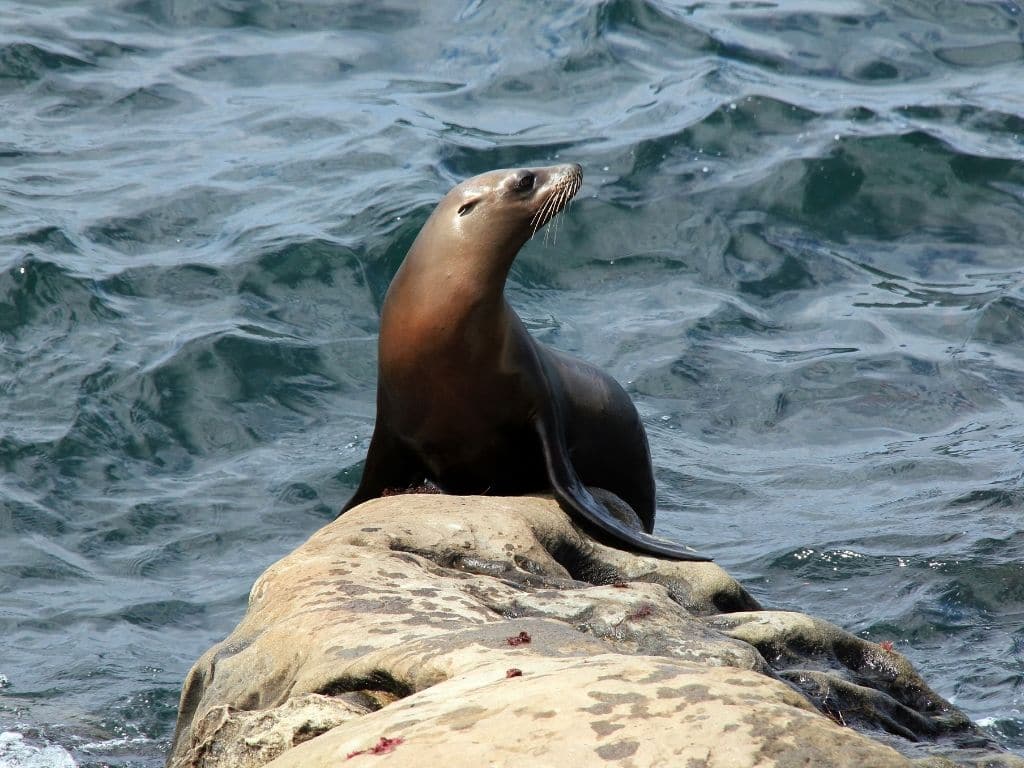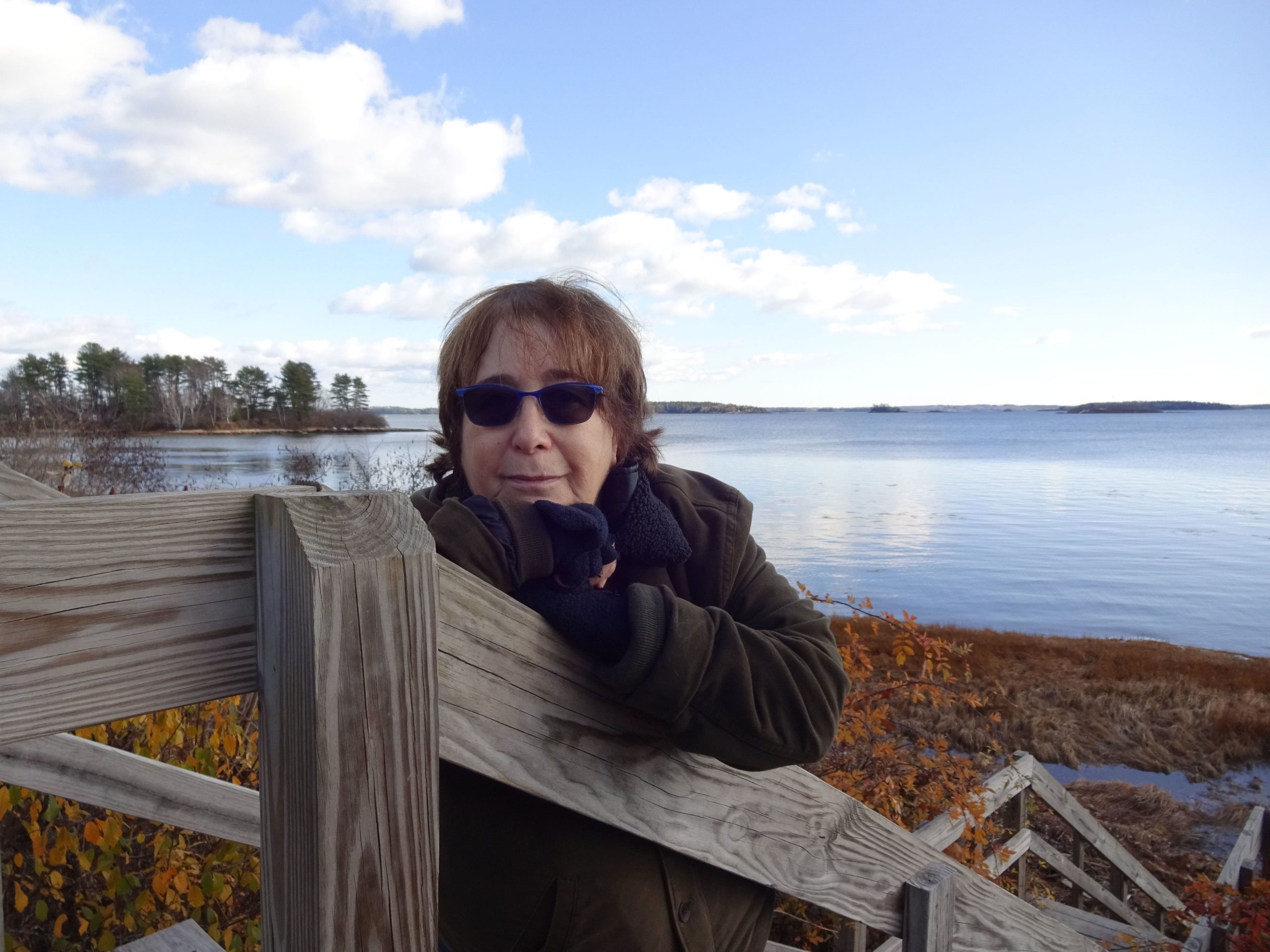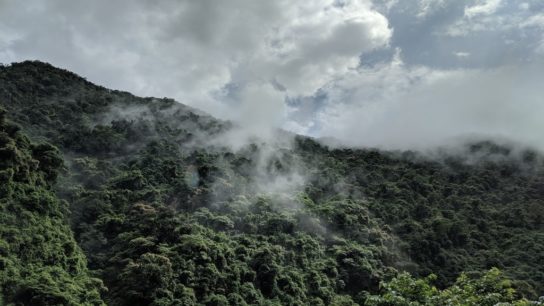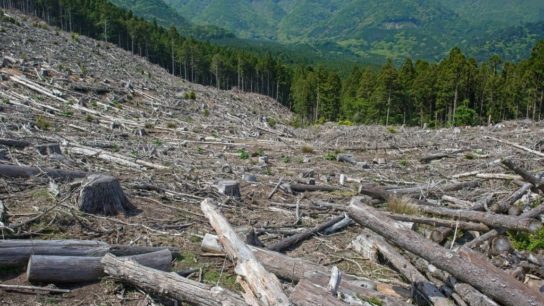One in four California sea lions necropsied at a marine mammal hospital have been found to have an untreatable cancer, where DDT (dichloro-diphenyl-trichloroethane), a synthetic insecticides being the likely cause of the high incidence of cancer. A dumpsite for upwards of 500,000 barrels of DDT has been discovered in the vicinity of the sea lions’s breeding grounds.
—
According to the Marine Mammal Center (MMC), the leading marine mammal rescue, rehabilitation, and scientific research centre in the world, three decades of research has shown that one in four post-mortems of adult California sea lions (Zalophus californicus) were found with urogenital carcinoma. This diagnosis is particularly troubling since cancer is rare in wild animals. The prevalence of the cancer in sea lions is the highest in any mammals and that includes humans. Since this discovery in 1979, 18-23% of adult California sea lions admitted to the MMC’s hospital have presented with and died from the disease.
DDT is a lipid soluble toxin and, as such, accumulates in the adipose tissues of sea lions. Sea lions are carnivores that eat a variety of prey such as anchovies, mackerel, and rockfish. As predators they sit at the top of the food chain. Their diet allows for the bioaccumulation of toxins. This means that the amount and effects of DDT is increased. This fact alone, however, does not account for the unusually high mortality recorded for the sea lions. The MMC’s Director of Pathology Dr. Pádraig Duignan, DVM, PhD, linked the high level of toxic chemicals to the probability of cancer but the source of the DDT remained unknown until discovered by David Valentine, a University of California Santa Barbara scientist. Dr. Valentine came across the DDT while studying methane seeps with a deep-sea robot around the Channel Islands, an eight-island archipelago located about 20 miles off the coast of Los Angeles, California. He found 3,000 ft below the surface a DDT dumpsite. The site is estimated to contain as many as half a million barrels with toxin levels 40 times higher than a designated hazardous waste site located nearby.
DDT (dichloro-diphenyl-trichloroethane) is an insecticide developed around the 1940s. It was widely used to control mosquito populations for almost three decades when DDT was banned due to its findings that it had adverse environmental effects. DDT is now classified as a probable human carcinogen.
You might also like: What are the Causes of Water Pollution?
The Los Angeles Times uncovered shocking evidence “that every month in the years after World War II, thousands of barrels of acid sludge laced with this synthetic chemical were boated out to a site near Catalina and dumped into the deep ocean.” Between 1947 and 1961, as much as 767 tons of DDT reportedly made its way into our ocean waters.
The same article also reported that in the 1980s “the men in charge of getting rid of the DDT waste sometimes took shortcuts and just dumped it closer to shore. And when the barrels were too buoyant to sink on their own, one report said, the crews simply punctured them.”
The DDT entered the food chain and eventually made its way into the tissues of the sea lions. Sick and dead animals were brought to the MMC, the largest marine mammal hospital in the world. Among its many missions, the Centre located in Sausalito, California fosters marine mammal veterinary medicine, training and research. Sick and injured animals are treated and when possible rehabilitated. Deceased animals are necropsied and the results contribute to research. Necropsies conducted by MMC veterinary staff have linked nearly 400 sea lion deaths with cancer most likely due to DDT contamination. The findings will likely continue for the foreseeable future as the sea lions fish in the contaminated waters that surround their breeding grounds and other locations along the California coast.
While the US banned the use of DDT in 1972, the US Environmental Protection Agency has yet to make any plans or regulations to contain the toxic sludge dumped decades ago or mitigate its toxicity. This environmental disaster should serve as an instructive lesson. In the past the prevailing thought was that the ocean was vast enough that the disposal of toxins could be sufficiently diluted and thereby avoid any negative effects. Rather than being diluted, the toxicity has been spread, accumulating, and creating a toxic brew that has caused harm and will continue to do so to countless generations of sea lions.














